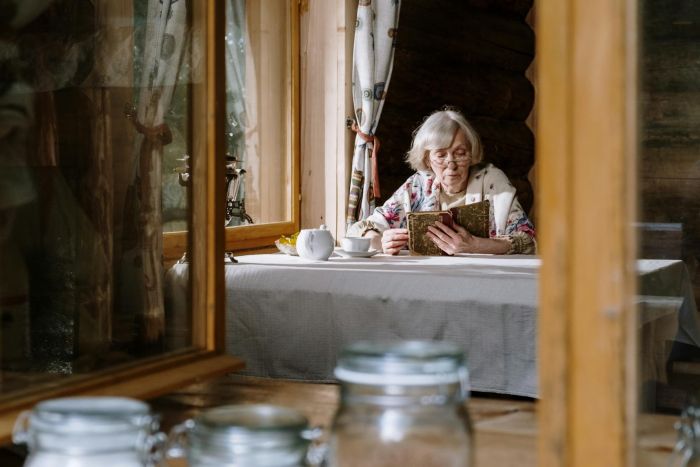Reverse mortgages sound like a dream deal for retirees—turn your home into cash without packing up and moving. It’s a lifeline for people who’ve built up equity over decades but find their savings running thin. The catch? Not everyone can waltz in and sign up.
The government and lenders have rules to make sure this setup works for the right people, zeroing in on two key factors: how old you are and where you live. These aren’t random obstacles—they’re safety nets to keep the system workable and fair. Understanding the reverse mortgage requirements can steer you toward a choice that fits your vision for a comfortable retirement.

First up, age. You’ve got to be at least 62 to qualify for a reverse mortgage—at least for the most common type, the home equity conversion mortgage (HECM), backed by the federal government. This number is not random; it’s tied to the idea that this is a retirement tool, meant for folks easing out of the workforce who’ve got serious home equity to tap.
Lenders figure by this age, you’ve likely paid down a chunk of your mortgage, making the deal workable. If you’re younger—say, 55—you’re out of luck for now, though some private lenders might bend the rules with their own versions. For most, though, 62 is the magic number that unlocks the door.
Here’s where it gets tricky: what if you’re married and one of you isn’t 62 yet? Say you’re 65, but your spouse is 58. Technically, only the older one can be on the loan, but that can stir up trouble later—like if you pass away and the younger spouse isn’t protected.
The government tweaked the rules a while back to let “non-borrowing spouses” stay in the home after the borrower’s gone, as long as they meet certain conditions, like proving the house is their main residence. Still, it’s a wrinkle worth sorting out upfront—age doesn’t just apply to you; it ripples to who’s sharing the deed.
Now, let’s talk residency. A reverse mortgage isn’t for your beach condo or that rental property down the street—it’s strictly for your primary residence. That means the place you live in most of the time, not a vacation pad you visit twice a year.
The idea’s simple: this cash is meant to support your day-to-day life, not fund a side gig or a second home. Lenders will check—think tax returns, utility bills, or even a driver’s license—to make sure this is your real home base. If you’re splitting time between two spots, you’ll need to pick one and prove it’s where you hang your hat.

Not every roof qualifies, either. The residency rule ties into the type of property. Single-family homes? Golden. Most condos and townhouses? Usually fine, if they’re FHA-approved. Manufactured homes can work, too, but they’ve got to be on a permanent foundation and titled as real estate, not a mobile trailer.
Apartments or co-ops? Tough luck—those are off the table for HECMs. The gist is that it’s got to be a legit, lived-in dwelling you call home, not some quirky setup that blurs the lines. That keeps the loan tied to a stable asset, not a wild card.
Signing up isn’t the end—you’ve got to stay put and keep the place in shape. Move out for more than a year—like to a nursing home or a kid’s guest room—and the loan could come due. The same goes if you let the house fall apart; you’re still on the hook for taxes, insurance, and basic upkeep.
Think of it like a handshake deal: you get cash, but you’ve got to hold up your end by living there and treating it right. It’s not just a rule—it’s how the system keeps humming without turning into a free-for-all.
Age and residency aren’t random red tape—they’re the backbone of reverse mortgages. The age cutoff ensures it’s for retirees who need it, not young bucks flipping houses. The residency bit locks the loan to your life, not some investment scheme. Together, they balance the risk for lenders and the payoff for you, making sure the cash flows without the whole thing collapsing. It’s less about shutting people out and more about keeping the promise alive for those who fit the mold.
Reverse mortgages aren’t a one-size-fits-all fix, and these rules draw the lines. If you’re 62-plus and rooted in your primary pad, you’re in the game. If not, you might need to scout other paths. Either way, knowing the ins and outs of age and residency clears the fog around reverse mortgage requirements—helping you figure out if this key fits your lock.
Be the first to post comment!